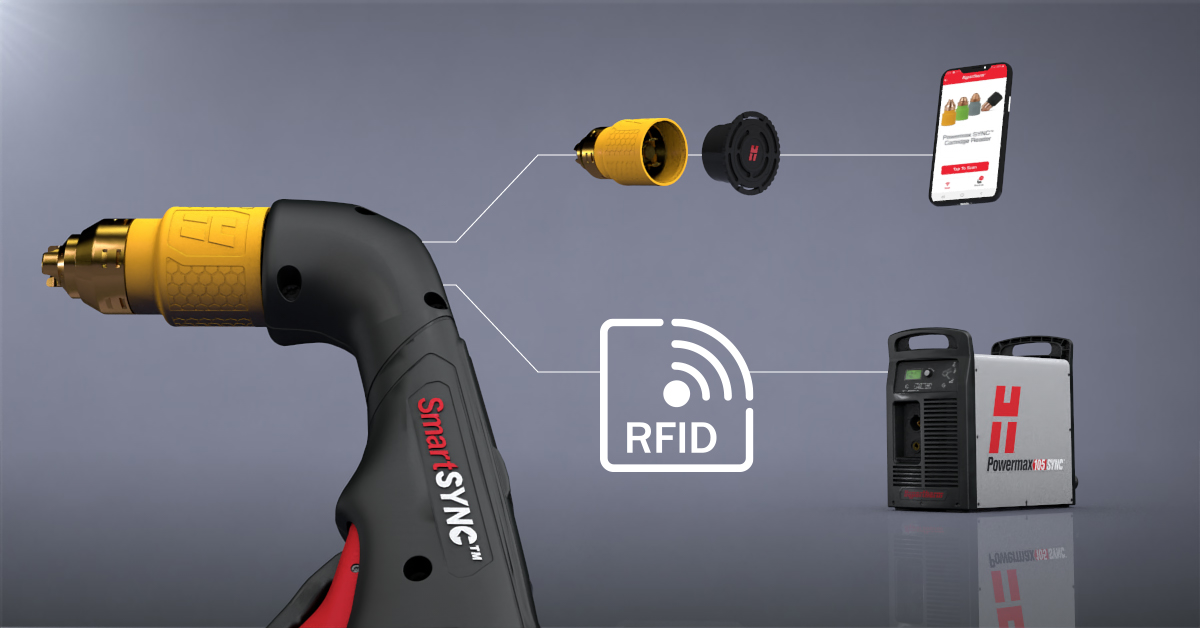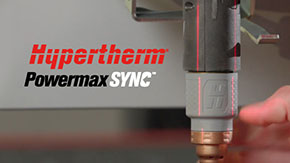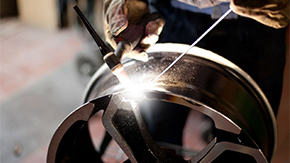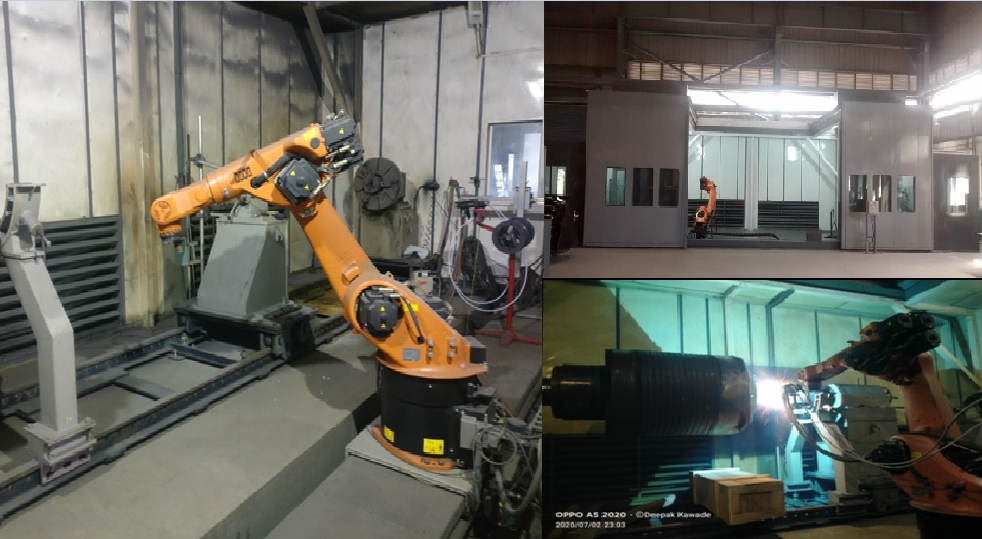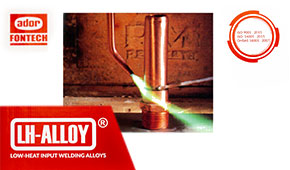Brazing Process & Types of Brazing Rods
Table of Contents
- Principle of Brazing Process
- Brazing
- Four Requirements of Non-fusion welding
- Important Properties in Brazing Rods
- Key steps to successful Brazing Application
- Advantages of Non-fusion – Brazing Process
- Disadvantages of Non-fusion – Brazing Process\
- Types of Brazing Rods
Brazing is based on the principle of solid phase welding process. Let us understand the process in further detail.
Principle of Brazing Process:
- Solid phase welding is carried out
- Below the melting point of base metal
- Without using any filler additions
- Often with the use of pressure
- Union is often formed by plastic flow
Welding comes under Fusion process, whereas Brazing comes under Solid phase welding process.
Brazing:
In Brazing process, the joining happens with diffusion welding methodology, The joining takes place by atomic diffusion of the two surfaces in contact. Surfaces are usually heated to high temperatures but kept below the melting point of the base metal & pressure may be employed to ensure joining.
- Brazing: This is a process that happens between 450 degrees and 750 degrees temperature. In this process, alloys with silver or copper base are used for Brazing.
Four Requirements of Non-fusion welding:
1. Clean Surface: In a non-fusion process, the metals bond with each other through adhesion, which occurs because of the molecular attraction between the bodies in contact.
-
- Molecular bonding requires a clean surface.
2. Filler Rods: Filler rods are available for many non-fusion processes.
-
- Brazing: Brazing rods are available as bare rods or flux coated rods.
- Soldering: Solder can be solid or flux core/paste which can be tin, silver or zinc alloy.
3. Flux: Flux must be used with all non-fusion welding processes.
The purpose of flux is to:
-
- Chemically clean the metal
- Shield the process oxidation and atmospheric contamination
- Filler rods are available for many non-fusion processes.
- Brazing: Brazing rod is available as bare rods or flux coated.
4. Heat Source: The temperature of the base metal needs to be raised sufficiently above the melting point of the filler rod. Several heat sources can be used, as detailed below:
-
- Oxyacetylene
- Air acetylene
- Air propane (LPG)
- Oxy-propane
- Electric soldering iron
- Electric soldering gun
Important Properties in Brazing Rods:
- Capillary Action: The capillary effect is a function or the ability of the liquid molten brazing material to wet a particular base material. Capillary action takes place when the metal surfaces, clean surfaces and flux are in close proximity to each other.
Key steps to successful Brazing Application:
- Tinning: In the brazing process, before assembling the joint/seam, there is a step that requires both the surfaces to be coated with a thin layer of filler using the brazing rod. Popularly known as tinning, this step is followed by brazing to assemble sheet metal joints/seams.
- Controlling Heat: Metals are excellent conductors of heat
- When heat gets applied to a joint, it will move away to heat up the surrounding metal.
- The greater the mass of metal that must be heated–the greater the heat requirement.
By applying excessive heat, we can make the flux burn. It could contaminate the joint requiring us to clean the joint again before brazing. There is a need for better manipulation of the heat source, if we are to heat both pieces evenly.
Advantages of Non-fusion – Brazing Process:
- Lower temperature process
- Easy assembly of parts
- Weld dissimilar metals
- Allow disassembly/realignment
- Join metals of different thicknesses
- Join diverse types of metal
Disadvantages of Non-fusion – Brazing Process:
- Results in lower tensile strength
- Not an efficient method for thick metal
- Not an efficient method for large parts.
Types of Brazing Rods:
Brazing Rods are available in both ferrous and non-ferrous process for joining/welding different base materials.
- Aluminium
- Copper & its alloys
- Silver Brazing Alloys
- Steel
Hence is widely used in industries for joining various components. ADFL serves the industry by manufacturing and supplying the entire range of Brazing products, suitable for use in all three processes.



